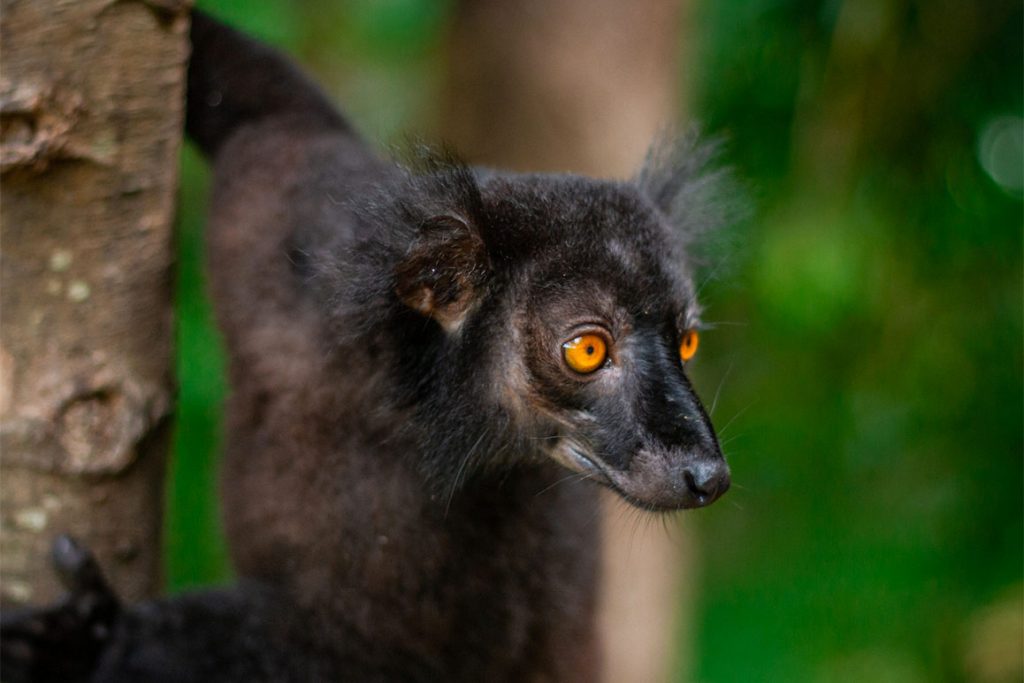

USEFUL INFO
ABOUT
Madagascar’s nature-based tourism attractions offer a unique and diverse experience. The island’s unique biodiversity, including lemurs, chameleons, and baobabs, is a major draw for eco-tourists.
National parks like Andasibe-Mantadia and Isalo offer opportunities for hiking, trekking, and wildlife observation. The Tsingy de Bemaraha National Park, with its towering limestone formations, is a must-see for adventure seekers.
Madagascar’s pristine beaches and coral reefs provide excellent opportunities for swimming, snorkeling, and diving.
Capital Cities: Antananarivo (also known as Tana) is the capital city.
Official language: Malagasy
Population: Approximately 28 million people
Dialing code: +261
BANKING & CURRENCY
BANKING
- Central bank: Banque Centrale de Madagascar (BCM)
- ATMs are widely available in major cities and tourist areas.
- Visa and Mastercard are generally accepted.
- Banking hours are typically from Monday to Friday, 8:00 AM to 4:00 PM.
CURRENCY:
- Local currency: Ariary (Ar)
- ISO code: MAD
- Subunit: Iraimbilanja (1/5 of an Ariary)
- Banknote units: 200, 500, 1,000, 2,000, 5,000, 10,000, 20,000 Ariary
- Coin units: 10, 20, 50, 100, 200 Ariary
TRAVEL, TRANSPORT & GETTING AROUND
BY AIR
- Madagascar has several domestic airports, with Antananarivo being the main hub.
- International flights connect Madagascar to major cities in Africa, Europe, and Asia.
- Inbound / Outbound Airlines: Search for flights here.
BY ROAD
- The road network in Madagascar is limited, and many roads are in poor condition.
- Renting a car is possible, but it’s advisable to stick to major roads and hire a driver.
BY BUS & RAIL
- Bus services are available between major cities, but they can be slow and uncomfortable.
- Rail travel is limited to a few routes.
BY WATER
Madagascar has a long coastline, and boat trips are possible along the coast or to nearby islands.
FOOD & DRINK
Food and water safety:
- Be cautious about drinking tap water, and stick to bottled water or drinks that have been heated to boiling.
- Food is generally safe if cooked thoroughly.
Local cuisine:
- Malagasy cuisine is a fusion of African, Asian, and European influences.
- Popular dishes include rice, seafood, poultry, and vegetables.
Local drinks:
Popular local drinks include rum, beer, and various fruit juices.
Tipping:
Tipping is customary in Madagascar, and a tip of 10-15% is generally expected in restaurants and hotels.
SEASONS, WEATHER & BEST TIME TO VISIT
Seasons:
Madagascar has two main seasons:
- Wet season – November to April
- Dry season – May to October.
Climate and Weather:
The climate across Madagascar varies depending on the region, but generally, the coastal areas are hot and humid, while the highlands are cooler and drier.
Best time to visit:
The dry season is generally considered the best time to visit Madagascar, as it offers more comfortable weather and fewer crowds.
CLOTHING & DRESS
Summer Clothing:
Lightweight, breathable clothing is ideal for the hot and humid summer months.
Winter Clothing:
For the cooler highlands, bring warm clothing, including sweaters, jackets, and long pants.
General:
Modest clothing is generally appreciated, especially when visiting religious sites or rural areas.
INTERNET, ELECTRICAL & PLUG STANDARDS
Internet Availability:
Internet access is available in major cities and tourist areas, but the speed can be slow.
Electricity and Plug Standards:
The standard voltage in Madagascar is 220 volts, and the plug type is typically French-style (Type E).
EXPLORE OUR MADAGASCAR TRIP EXPERIENCES
Naturecrazi also offers 2 Planet and 2 People orientated trips to Madagascar in our Volunteer section .


